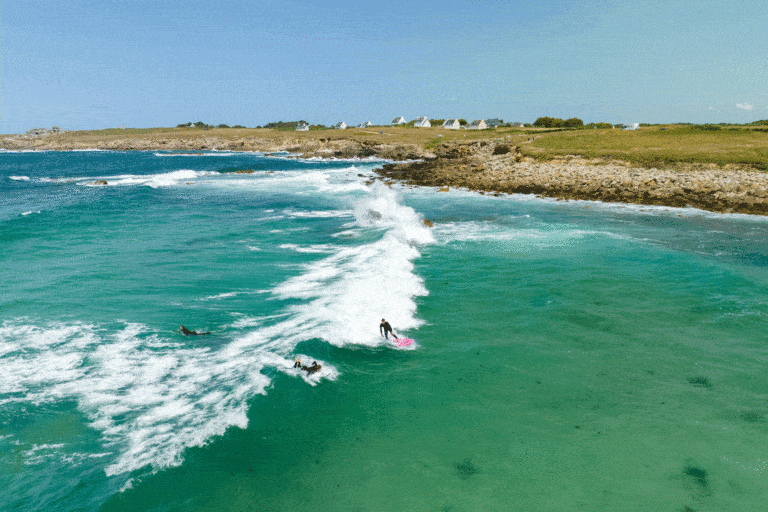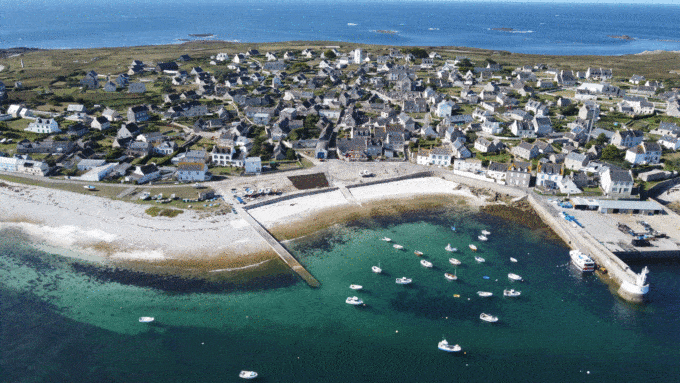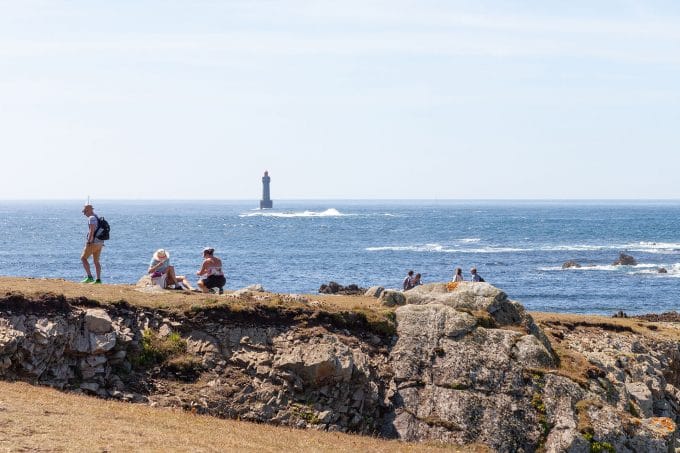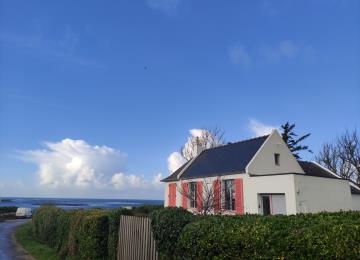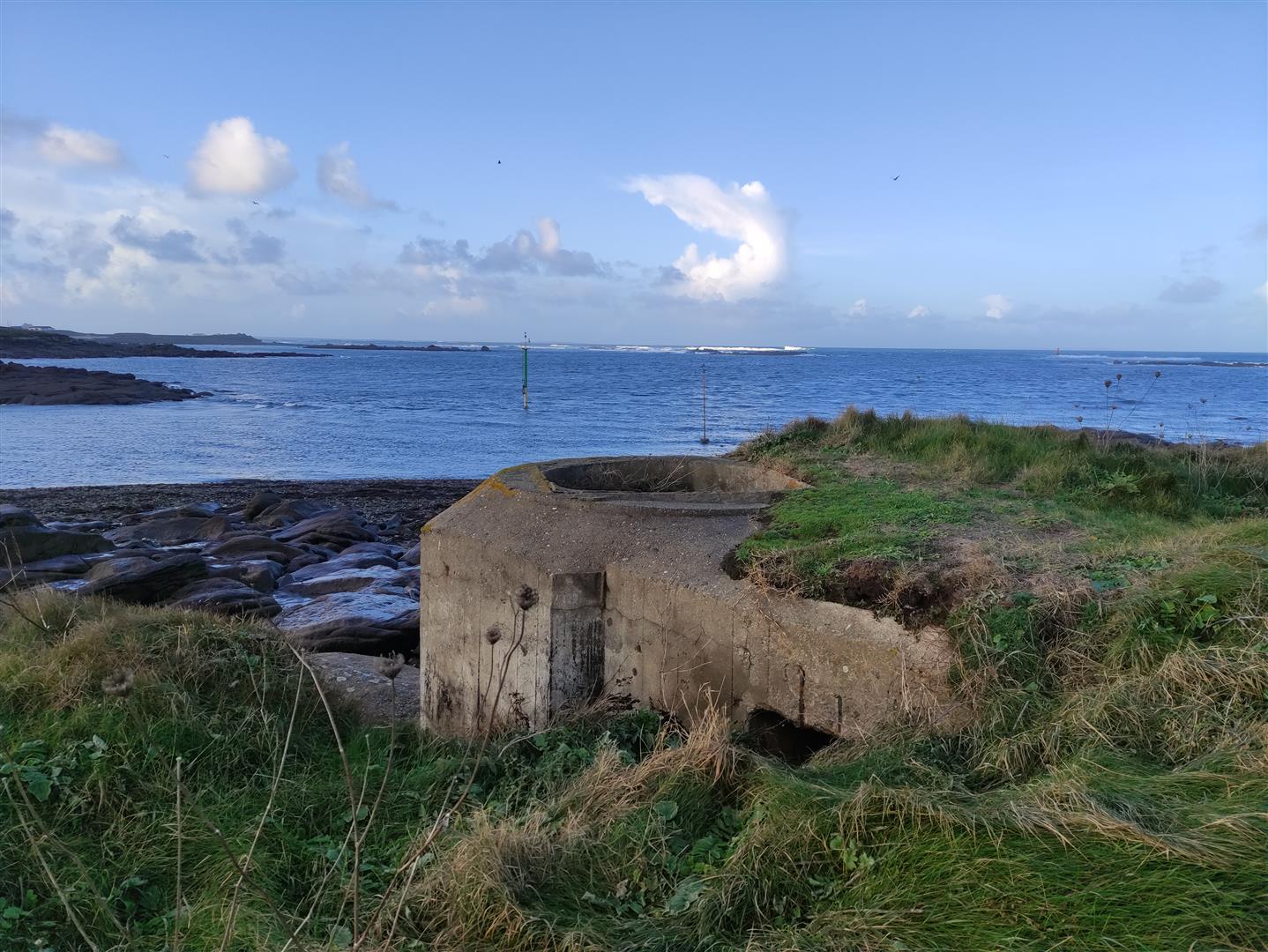Sound walk in Lanildut - Côté Mer
- Pedestrian
- 3.5 Km
- 1h30
- Easy





About us
On this tour, you'll discover the port of Lanildut, Europe's 1st seaweed port (seaweed unloading), where 35,000 tons of seaweed are unloaded every year (3/5th of French production), a former pink granite quarry and the Lanildut lighthouse.
This walk will be enhanced by a magnificent panorama of the Iroise Sea and its islands.
This tour can be found on the "Secret d'Iroise" app (downloadable for smartphones), for an interactive stroll punctuated by photos and videos immersing you in the history of Lanildut and Aber Ildut.
For more walking trails, visit the Iroise Bretagne Tourist Office, where paper randofiches and topoguides published by the Fédération Française de Randonnée du Finistère are available.
At the bottom of the page, see all the activities and restaurants in the area.

